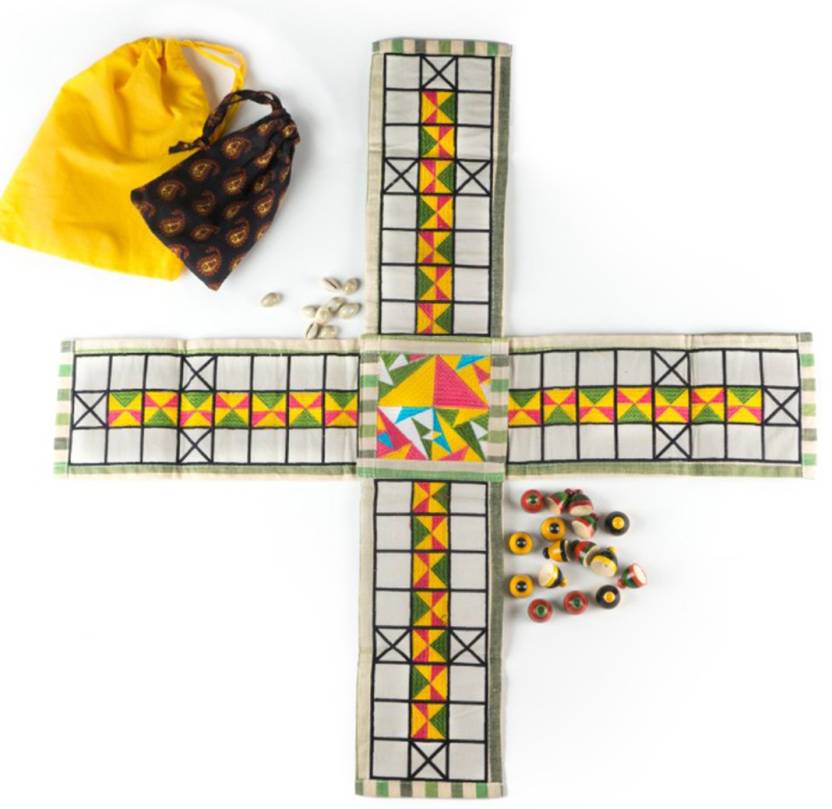
A Buddhist monk chatting up with a tourist guide and a tourist in Ajantha, Maharashtra.
The caves in Ajantha are dated from 200 BCE to 480 CE and are famous for their paintings and carvings of Buddhist themes.
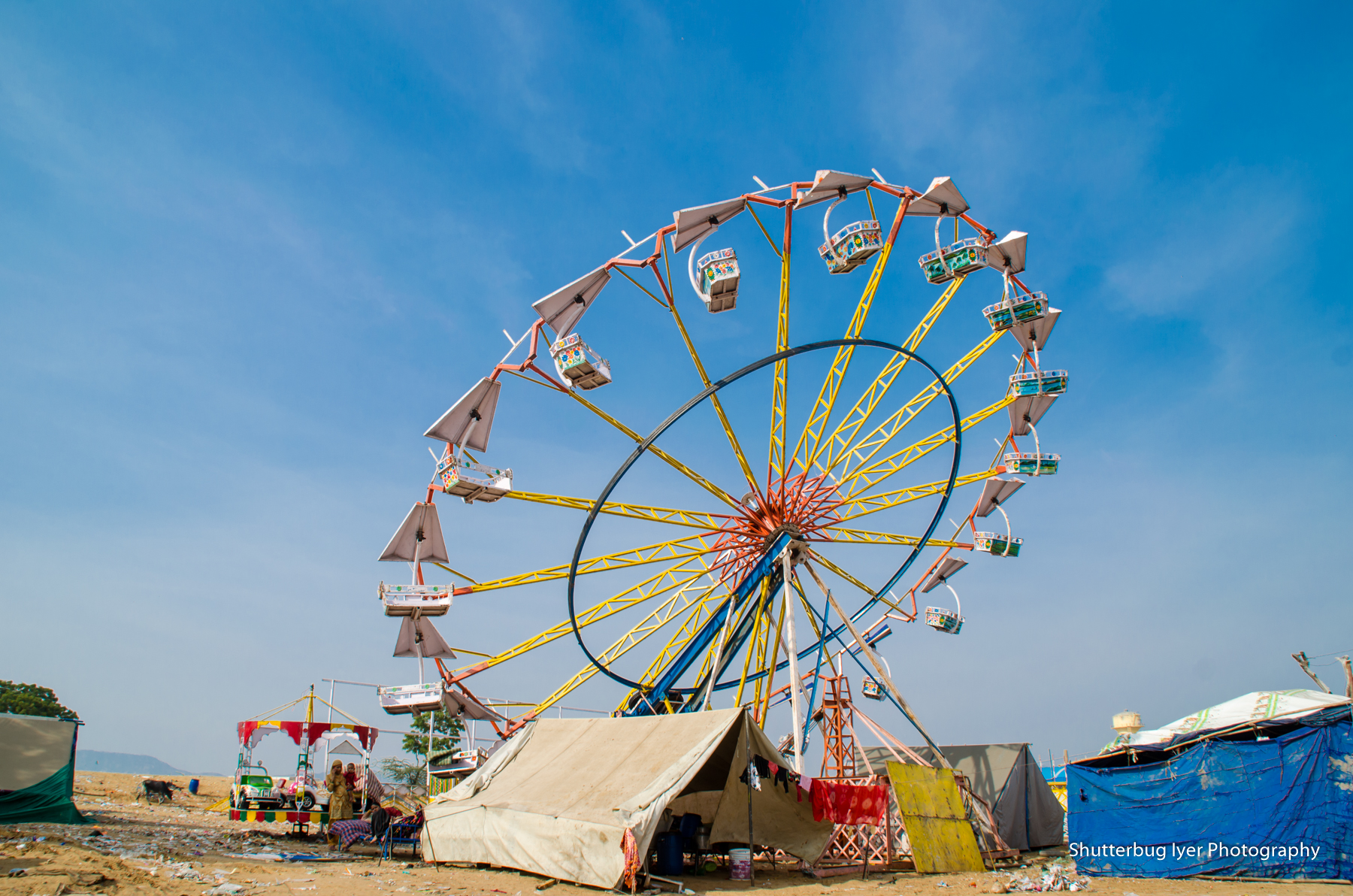
Pushkar, is a town in Rajasthan, situated about 150 kms from Jaipur It is just 15 kms from Ajmer, the district headquarters. Pushkar is famous for two things: he only temple dedicated to Brahma and the annual camel fair.
We had visited Pushkar a week after the fair and this is the scene of the Fair Grounds which doubles up as a parking lot for the temple visitors.
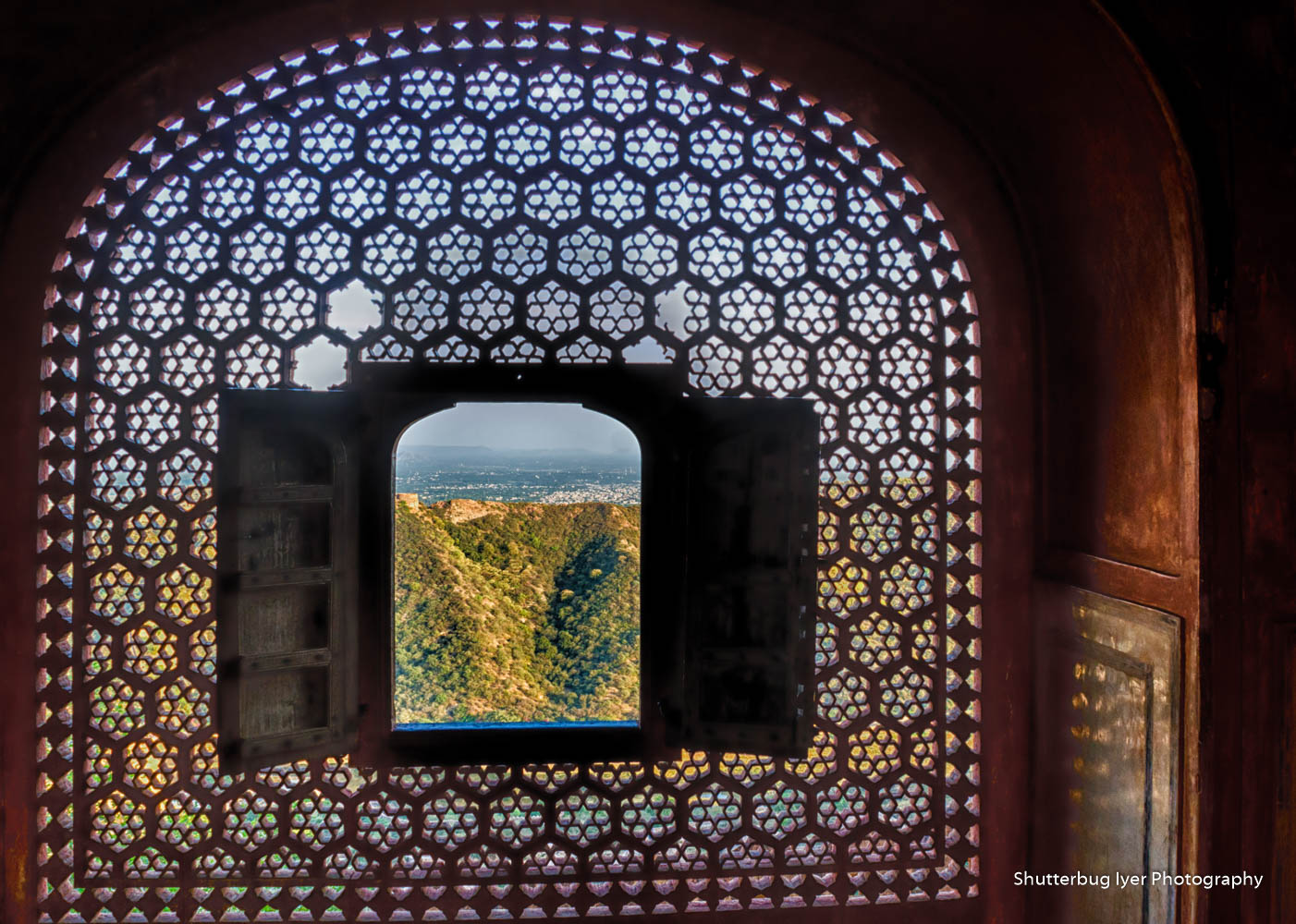
Looking towards Amer Fort through a stone jaali window in Jaigarh Fort. Jaigarh Fort was built by Jai Singh in 1726.
Like many Mughal – Rajasthani architecture of that period, the Fort has many such windows intricately carved out of stone.
Such windows are a photographer’s delight.
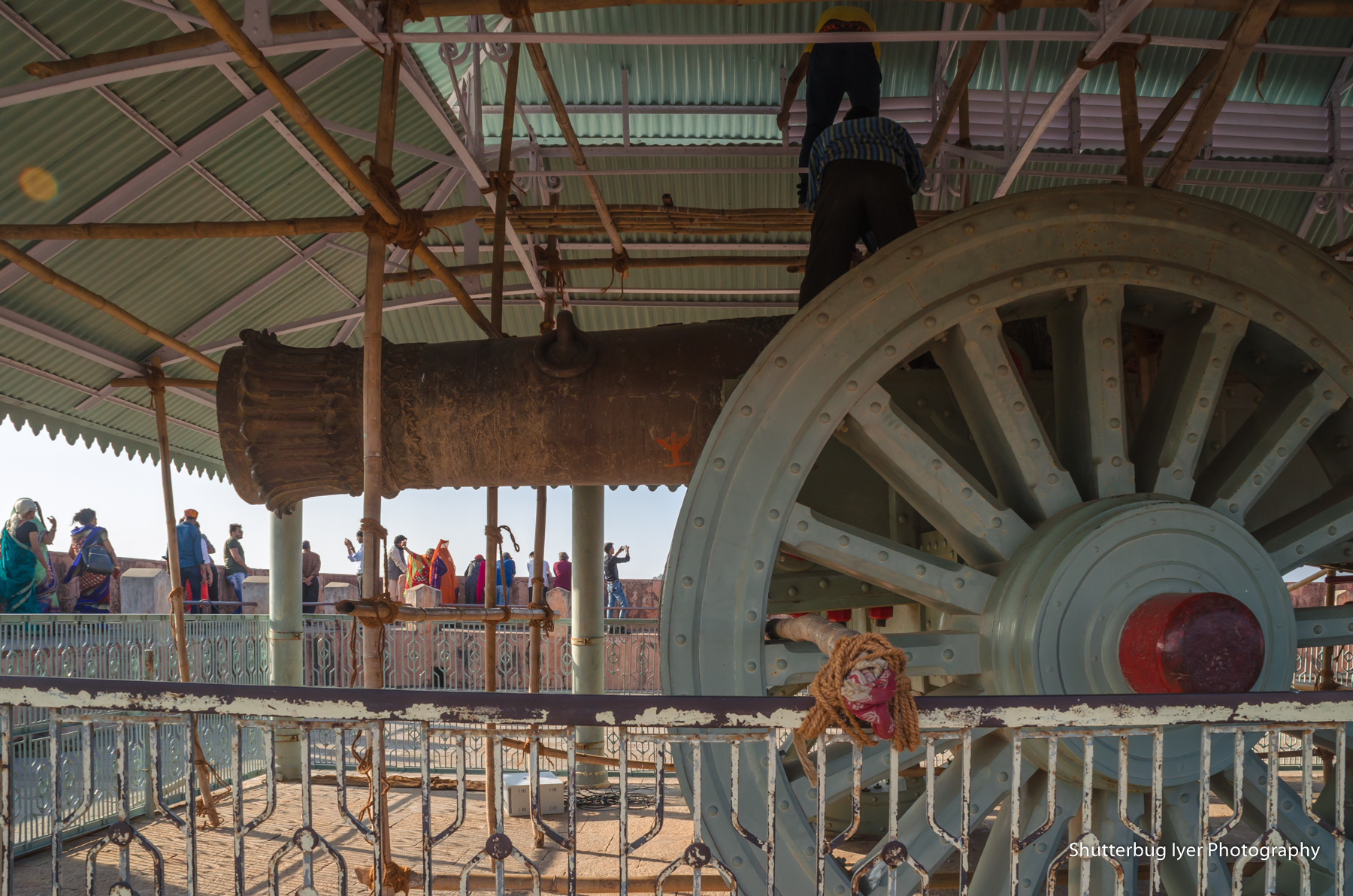
If you are visiting Jaigarh fort in Jaipur you are sure to see Jaivana, believed to be the biggest cannon in the world. It was cast by Maharaja Jaisingh II in 1720. Jai Singh II took a keen interest in developing armory and munitions. Perhaps he also wanted to impress his Mughal overlords. The gigantic proportion of the gun is quite impressive. It is 20 feet long and weighs 50 tonnes. But the size and weight itself would have been a weakness. It was (test) fired only once. Folklore has it that the 50 kg cannonball traveled 45 kms. Ballistics experts reckon that it would not have been more than 5 kms. Definitely worth ticking the box if you visit Jaigarh.
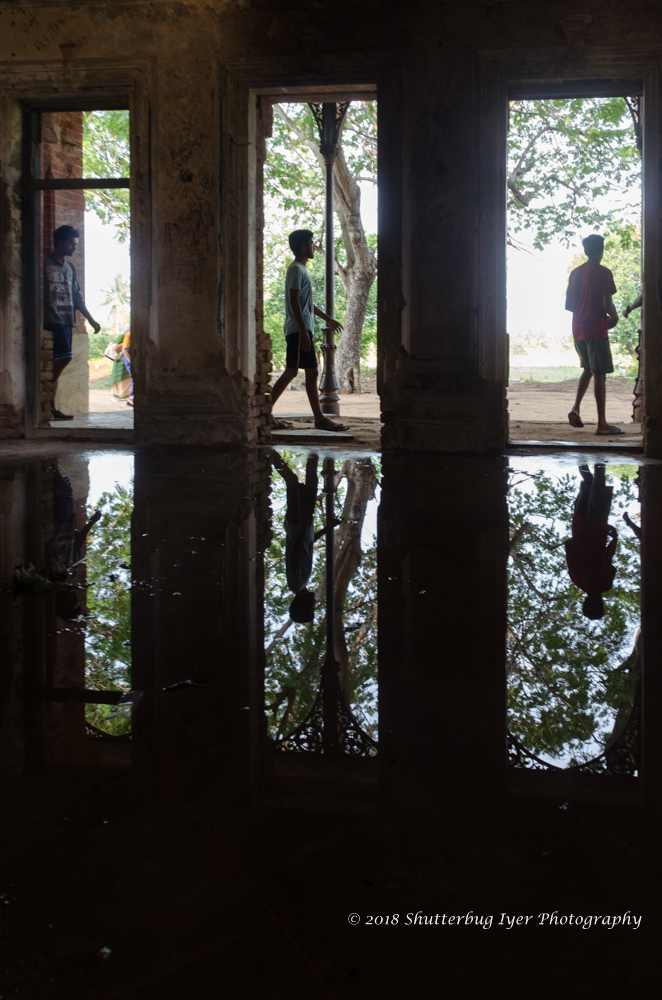
Poosimalaikuappam Palace in Arni was built as a guest house by the Jagirdhar in 1860 CE. To keep up with the British, he added 4 fireplaces and chimneys even though the place is always hot. It was one of the early structures to use steel girders. CI pipes serve the dual purpose of pillars and drains. It is believed that the Jagirdhar built it for his British wife. It was used as a hunting lodge. Locals refer to it as Glass Palace. Today, it is in ruins and wears a ghostly look with graffiti on the walls by vandals.
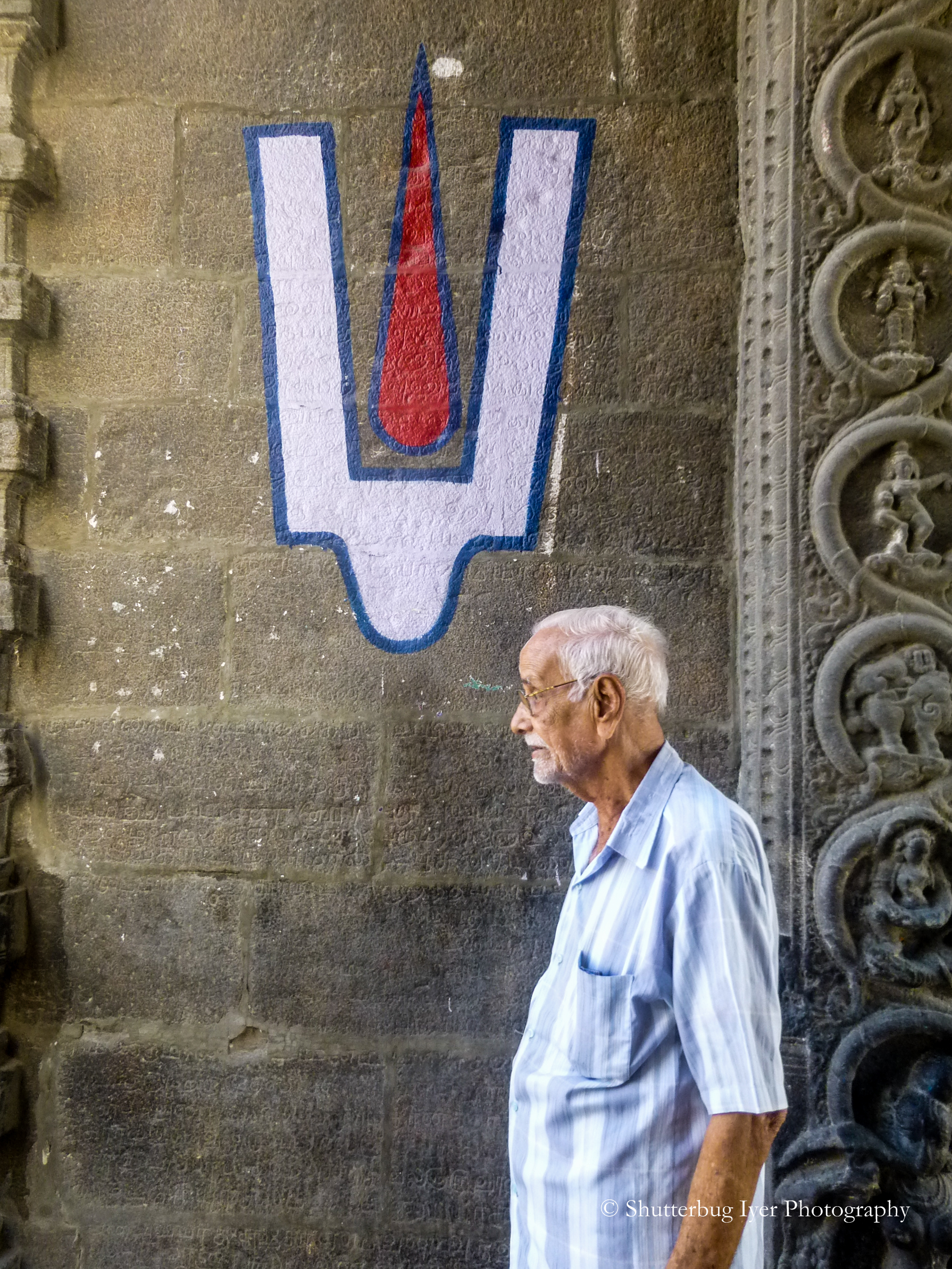
This man was born and brought up in Kanchipuram. He spent his entire life in this temple town. Now at 86, he still prays at the Yadothkari Perumal Temple, also known as Thiruvekka temple or Sonna Vannam Seidha Perumal.
This temple is one of the 108 Divya Desams. It was built in the 8th Century CE by the Pallavas. It is one of the three oldest temples in this region; the temples of Pandava Doothar Perumal and Ulagalantha Perumal being the other two. There are later contributions from the Cholas and the Vijayanagar kings.
The deity is unique in that Perumal is lying with his left hand supporting his head instead of the right hand as in most other places, including Srirangam.
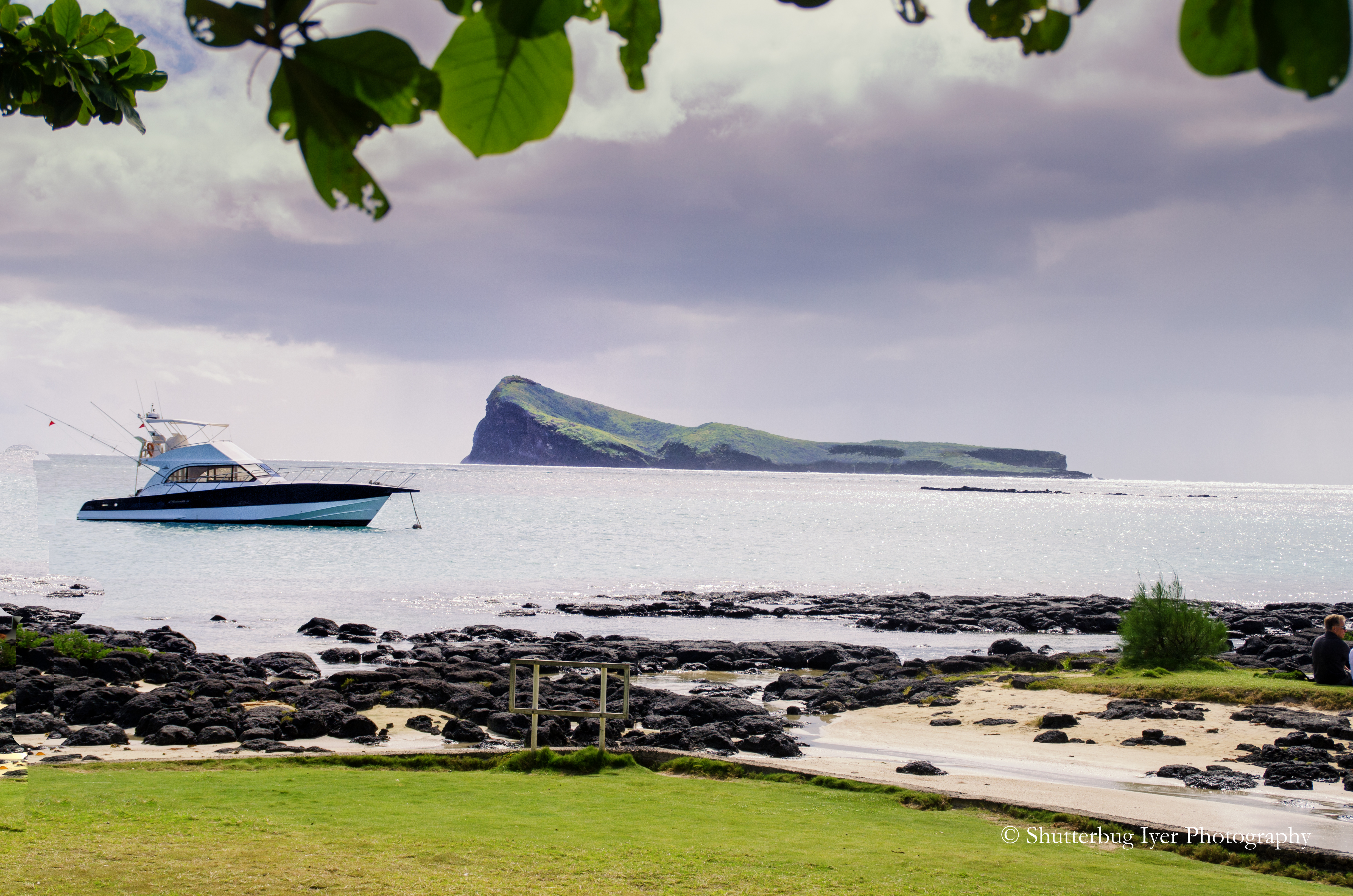
You have heard about Cape of Good Hope. What about Cape of Bad Luck? I hadn’t heard about it till I visited Mauritius.
Cap Malheureux or Cape of Bad Luck is the Northernmost point in the Indian Ocean island country of Mauritius.
It is a very picturesque waterfront and definitely worth a visit. There is also a quaint little red-tiled church of Notre Dame.
In a battle in 1815, the French lost the battle and the island to the British. Hence the name.
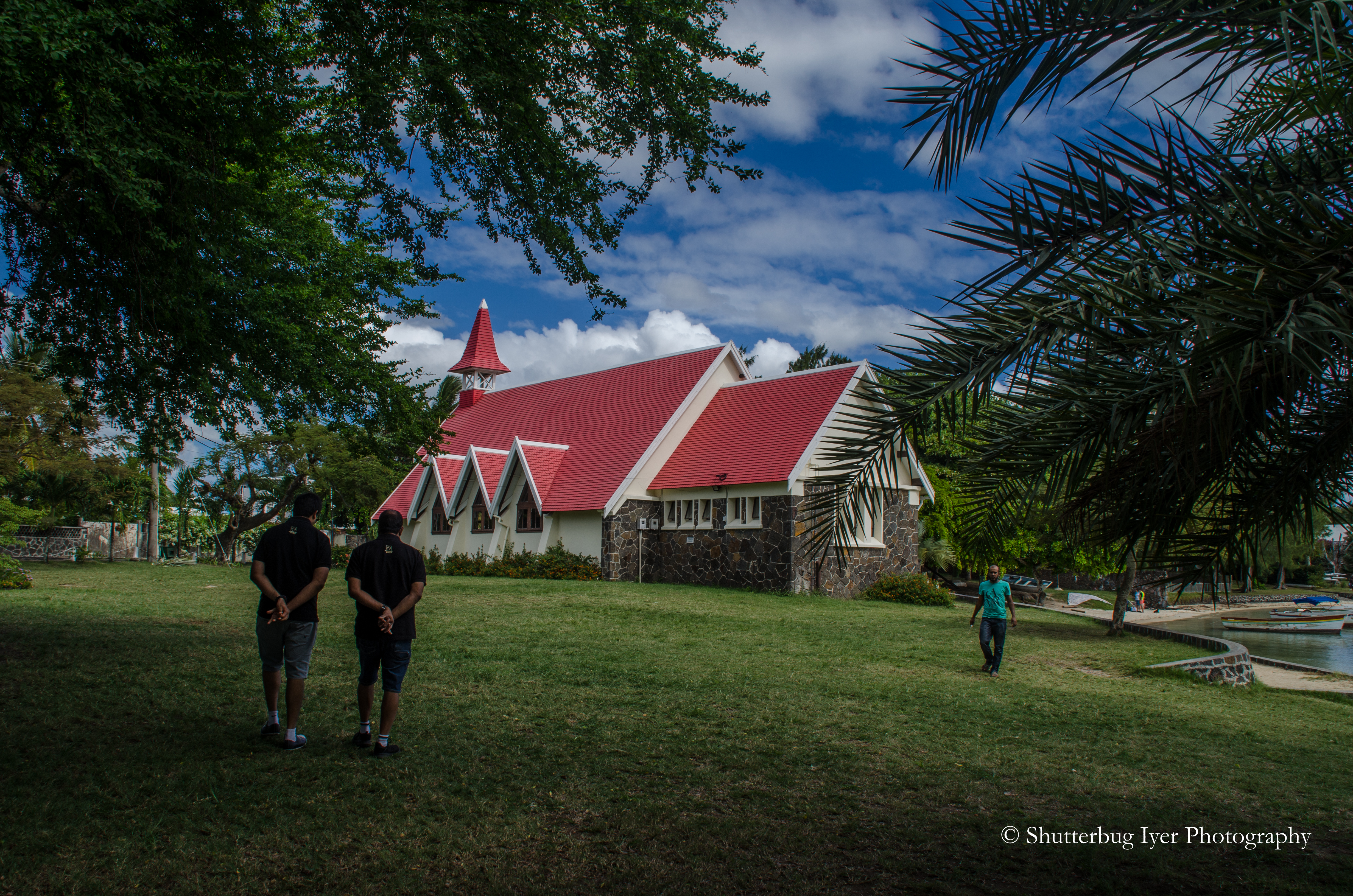
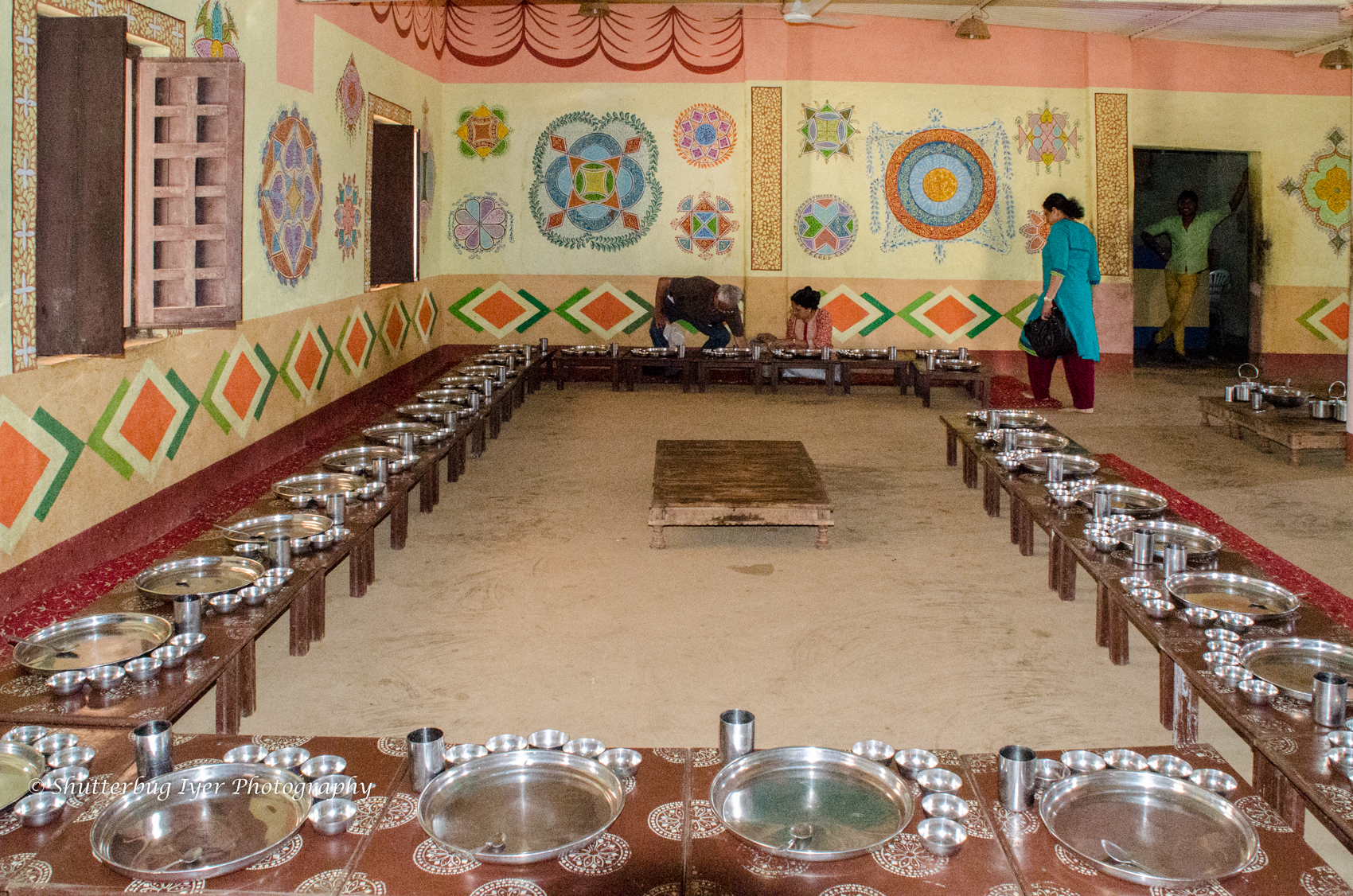
Khuldabad is where the Mughal Emperor Aurangzeb was buried in a modest tomb. Khuldabad is also famous for the Bhadra Maruti temple. It also houses the tombs of the first three Nizams and a handful of Muslim saints. The town is only a few kilometers from Ellora and can be covered in the same trip from Aurangabad.
On the way back to Aurangabad, we stopped over at a resort with a Rajasthani theme for lunch.
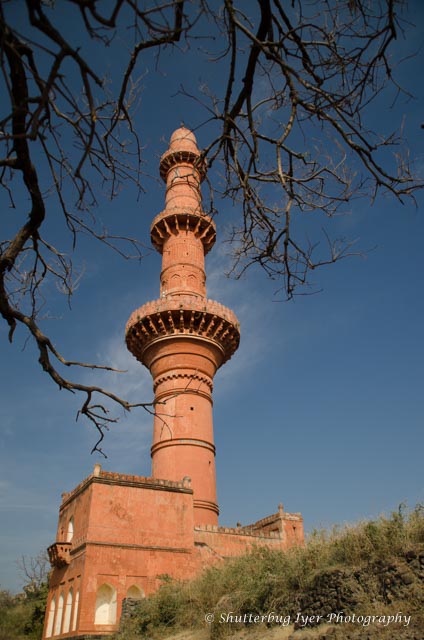
Daulatabad or Devagiri was established in the 12th Century CE by the Yadavas. The present fort was built in 13-14 C.CE. It is 16 Km from the present day Aurangabad in Maharashtra.
The Chand Minar stands tall inside the Daulatabad Fort. It is 210 feet high and is about 70′ in diameter at the base. It was built in 1445 by Alauddin Bahmani to commemorate his conquest of the fort. Originally it was covered with Blue Persian tiles.
Do you want to feel like royalty, playing an ancient Indian Game?
A game for which emperor Akbar built a huge courtyard in his palace at Fatehpur Sikri to depict the squares of the board. Akbar is believed to have used women from his harem as game pieces.
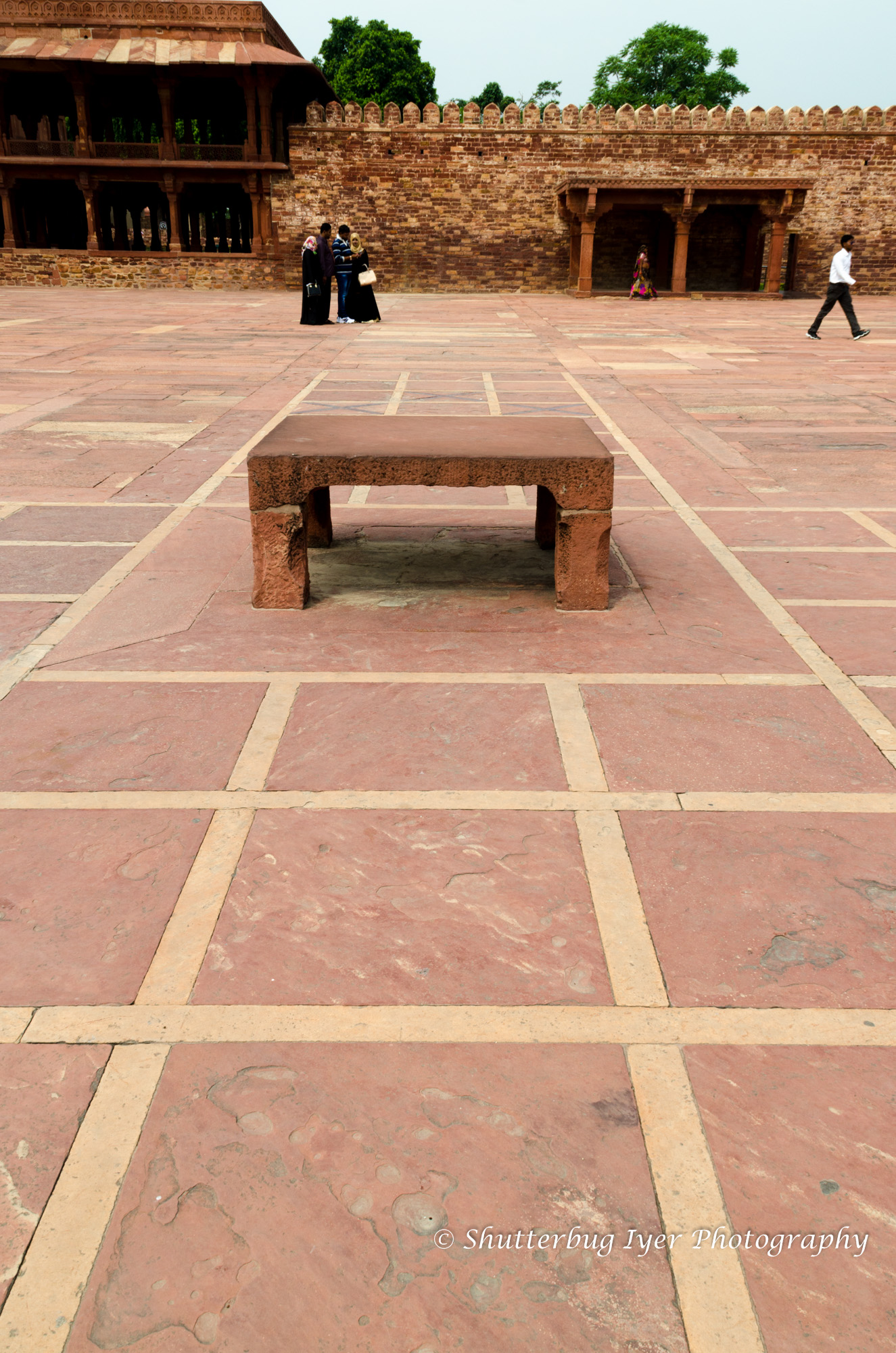
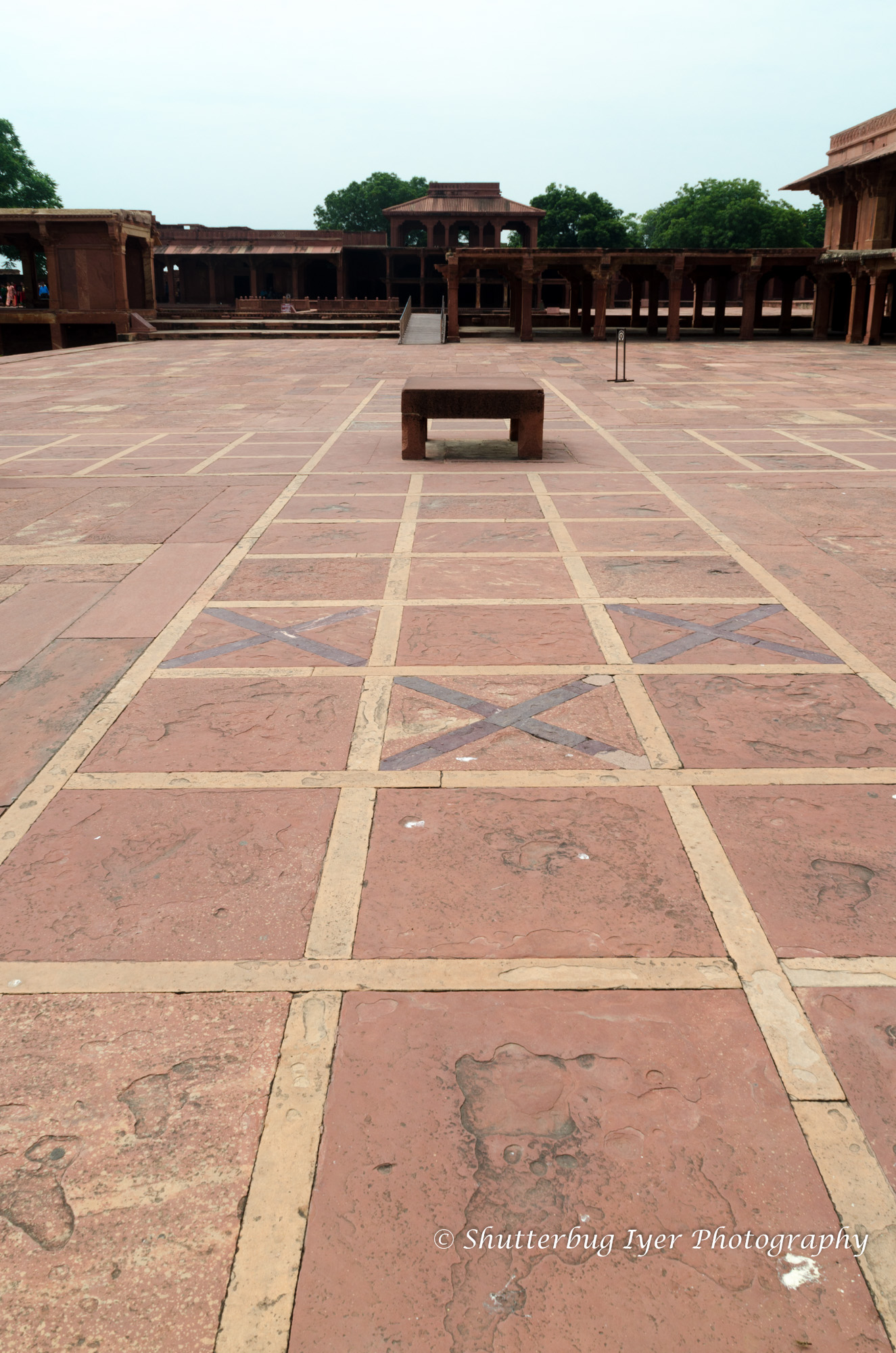
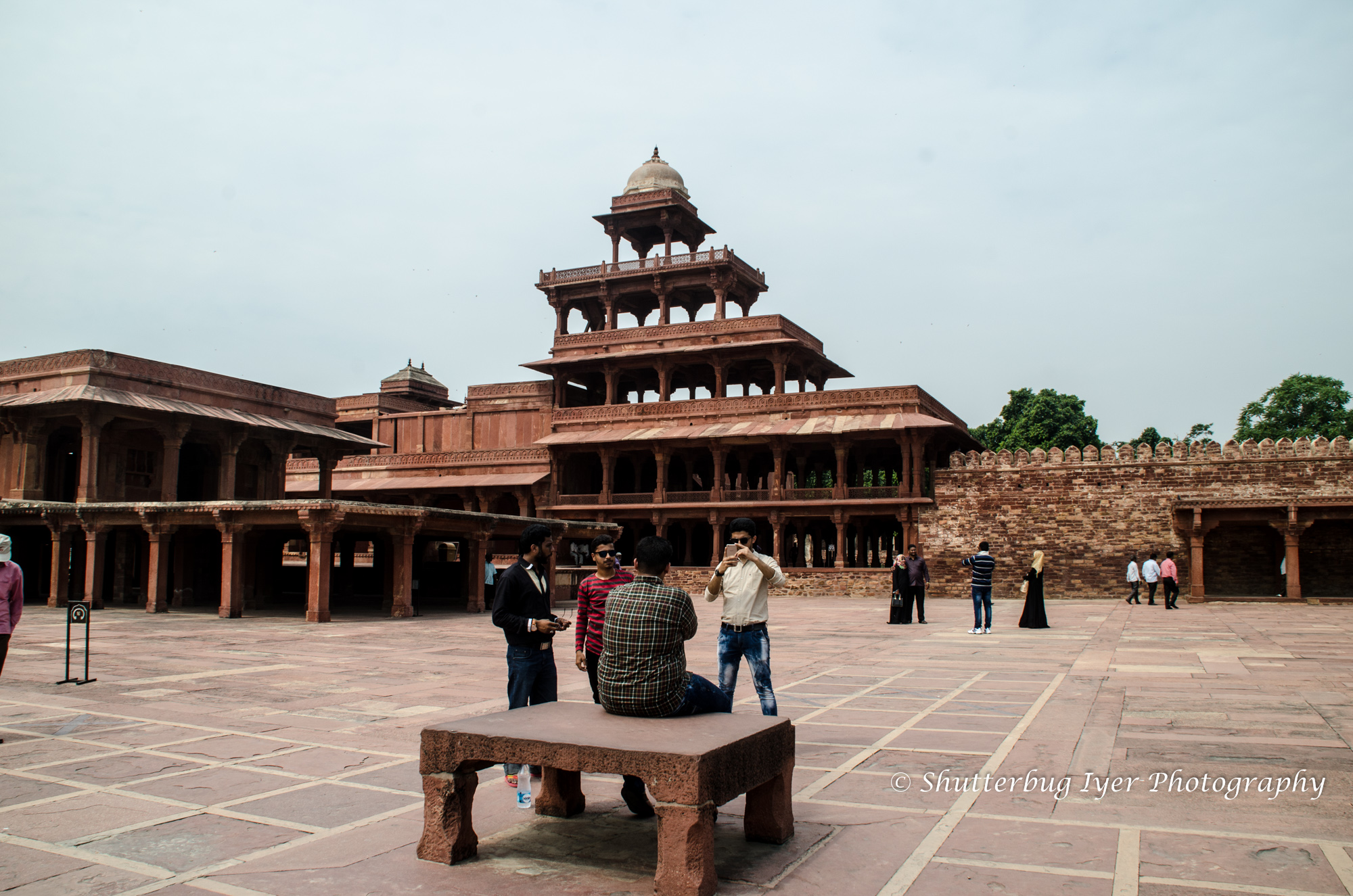
I have also seen the board carved on granite floors of ancient temples and monuments.
Yes, I am referring to Pachisi. The game that is also known as Dayakattam, Chokkattam, Chaupad, Chaupar etc. The Western versions of this game, go by many names like Parchisi, Ludo, The Game of India etc.
Now you can buy an authentic version of this game online at Amazon and Flipkart. The game board is made of hand embroidered cotton and comes with cowrie shells, wooden pieces, cotton pouch, instructions etc.
Ludo made out of recycled elephant dung is available at www.golisodastore.com
